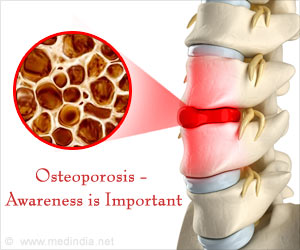Risk aversion is better explained by changes in grey matter volume in an area in the brain's right posterior parietal cortex, rather than by age itself.

TOP INSIGHT
Risk aversion is better explained by changes in grey matter volume in an area in the brain's right posterior parietal cortex, rather than by age itself.
"Our research suggests the speed at which our brain's structure changes has a greater impact on our tolerance of risk than chronological age," Tymula added.
For the study, the research team presented a series of choices to 52 study participants, aged 18 to 88 years. Participants could either receive $5 or take their chances with a lottery of varying amounts and probabilities.
For example, a participant could choose the certain gain of $5 or opt for a 25 percent chance of getting $20. Participants were each assigned a number denoting their level of risk tolerance based on their choices.
After analysing the risk choices and MRI measurements, the researchers confirmed that age-related decline in risk tolerance correlates more with changes in brain anatomy than with age. Older participants preferred the guaranteed option, compared to younger participants.
"This means that gray matter volume accounts for age-related changes in risk attitude more than age itself," Levy said.
The study was published in the journal Nature Communications.
Source-IANS
 MEDINDIA
MEDINDIA




 Email
Email








